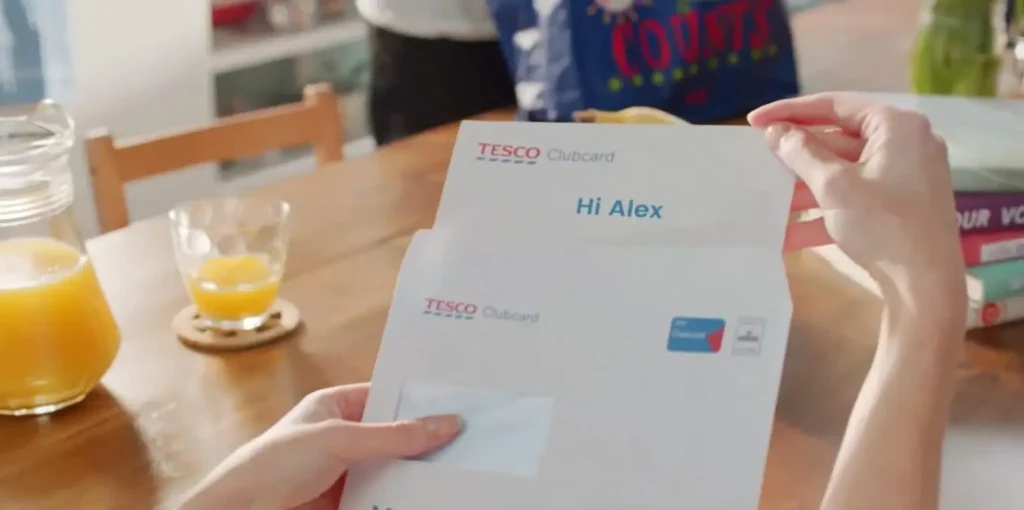What is video content marketing, and why has it become a must-have in every digital marketer’s toolbox? More importantly, how can you use it to hit your marketing goals and to increase sales?
Today, video isn’t just one type of content among many — it’s the most popular one. A whopping 89% of businesses now use video as a marketing tool, and 89% of consumers say it’s the content they view most frequently. It’s even more prominent among Gen Z, with 98% of this generation preferring video.
In short, brand videos are no longer optional. From social media marketing to product demos, video content marketing plays a primary role in how companies connect with their target audiences. In this post, we’ll dig into what it all means, along with 10 practical tips for an effective video content marketing strategy.
What Is Video Content Marketing?
Video content marketing is exactly what it sounds like. It involves adding video into your digital marketing strategy, using it to engage current and potential customers and move them closer to your brand.
But why video? Well, because the format is uniquely suited to it. The human brain processes images 60,000x faster than text, and about 90% of the information transmitted to your brain is visual. That means a high-quality video can communicate more in a few seconds than text or images can alone.
And when it comes to goals, video is one of the most versatile tools out there. Want to boost brand awareness? Share entertaining short-form videos on your social media channels. Looking to nurture leads? Create tutorials or educational videos. Need to establish thought leadership or build trust? Host live-stream webinars.
Whatever your marketing goals, there are video types that can help you achieve them. That’s what makes video so powerful. It’s a flexible, engaging format that can support the full spectrum of your marketing strategy.
10 Video Marketing Tips for Your Video Content Marketing Strategy
Now that we’ve covered why video is such a powerful tool for marketers, let’s talk about how to actually make it work for you. Here are 10 tips for getting the most out of your video marketing efforts.
1. Set Clear Goals and Objectives
Before you click open those video editing tools, it’s important to get clear on your goals. Take the time to consider where video can add the most value along the customer journey.
For instance, do you want to grab attention at the awareness stage with something entertaining? Or maybe you need to make your messaging clearer during the onboarding phase.
Think in terms of impact. What action do you want at each stage, and how could your message be more useful, entertaining or emotionally engaging to get it?
2. Embrace Different Video Use Cases
Once you know your goals, it’s time to explore the different video ideas you can leverage. Here are some practical use cases to consider:
- Video ads
- Social media content
- Behind-the-scenes videos
- Explainer videos
- How-to videos
- Customer testimonial videos
- Renewal reminders
- Year-in-review campaigns
- Customer service videos
Again, how you use video will depend on your goals and what you want your audience to take away. For example, if you’re a travel brand, you can shoot a marketing video showing off stunning destinations or state-of-the-art facilities in a simple and appealing way.
If your product is more complicated — say, insurance — you could use video to onboard customers and help them understand how to take advantage of what they’ve purchased. This is a great first step in a long relationship together.
3. Use Video to Its Full Potential
Video comes in many forms, and understanding your options will help you choose the right format for your goals.
You can mix live-action footage, animations, images and text to tell your story in the most engaging way. Videos can also be pre-recorded or live-streamed. Live videos offer a higher level of interaction with viewers, and you can use them to broadcast events in real time or host live Q&A sessions.
Beyond traditional, static video, there’s also a new form of video we like to call Next Generation Video. These videos go beyond one-size-fits-all content, offering a personalized or interactive experience for each viewer. This type of video can make marketing feel more human, relevant and memorable, helping you turn passive viewers into active participants.
Take this year in review sent by the Financial Times to its subscribers. Not only was it personalized with interesting stats about each reader’s habits — like how many articles they read or which topics they engaged with most — it also included interactive elements throughout.
This combination of personalization and interactivity kept the experience engaging while nudging viewers toward actions (like following their most-read topic) that brought them closer to the brand.
4. Leverage Multiple Channels
Your video content won’t have the same impact everywhere. Different audiences spend time on different platforms, and each channel serves a different purpose. That’s why it’s smart to develop a multi-channel video marketing strategy.
Here are just a few channels you can share videos:
- Social media platforms
- Your website
- Email campaigns
- Landing pages
- Customer portals
- In-app
Each channel has its own audience, purpose and technical requirements. The good news, though, is that you can repurpose videos to fit multiple platforms.
Sometimes, it’ll be easy: Instagram Reels and TikToks share similar formats, so you can often repost with little to no changes. Other times, a few tweaks are needed. For example, a long YouTube video might need to be trimmed to match the faster pace of LinkedIn or to work as a clip in an email campaign.
5. Pick the Right Video Length
Different video lengths have different aims. Short-form videos are great for getting a quick, powerful message across to your customer base. Longer videos, on the other hand, give you space to dive deeper, explain complex topics or build a stronger connection.
Take a topic like escrow analysis, for example. That’s a subject your mortgage provider can clearly explain with a video, but it probably deserves more than a 30-second clip to truly be helpful. Check out how Mr. Cooper approached it below.
Curious about how long your videos should be? Learn more in our blog on the ideal video length.
6. Invest in Smart Video Production
Post on
High-quality videos are essential, but there’s more than one way to handle content creation. Over half of marketers produce videos in-house, 14% rely entirely on external vendors and 31% use a mix of both. The right choice depends on your team, budget and goals.
AI is also transforming video creation. About half of video marketers have already used AI to help create or edit videos, and younger, wealthier audiences are especially open to receiving this type of content — over 75% say they’re interested in AI videos.
AI video content marketing is a smart choice for scale. It lets you produce more videos, faster and for less, boosting ROI without sacrificing quality. For enterprises, Lucas AI Video Creator takes this further. Unlike template-based creators, Lucas pulls from your approved content to generate accurate, on-brand videos in minutes. Check out this video that he created from an uploaded document.
After the video is generated, you can make any changes you need quickly and easily with our intuitive built-in video editor.
7. Create Eye-Catching Thumbnails and Opening Scenes
Your thumbnail is likely the first impression a viewer gets of your video, so it should be eye-catching and instantly communicate what the video is about.
Thumbnails matter most in places where viewers have a choice in whether they will click, such as on YouTube, in emails or on a landing page. In those cases, the right image can be the difference between scrolling past and clicking play.
Pro tip: If the video is personalized, include the viewer’s first name in the thumbnail itself. It signals right away that the content is made just for them, which can increase click-through rates and video completion rates.
Once viewers hit play, the opening seconds matter just as much. Hook them quickly with a strong message or even a personalized greeting to keep them engaged.
8. Encourage User-Generated Content
User-generated content (UGC) is one of the most authentic and effective ways to market your brand. Put simply, UGC is content shared by the customers themselves about their experience with a brand. More consumers view UGC as authentic and trustworthy (42%) than branded video content (34%), which makes it a powerful driver of credibility and reach.
But UGC doesn’t always have to mean handing the reins over to your customers. You can also encourage it through interactivity. By letting viewers customize a video from within the player, they feel a sense of ownership — and that makes them more likely to share it.
Here’s a simple example. This thank-you video, created during the COVID-19 pandemic, let viewers personalize their message and share it with their friends and family. (Hint: Try it yourself by pressing the lightning bolt icon in the player.)
Another example is this campaign by EVE Online, where players were able to choose what they wanted to see in their year-end recap and get a one-of-a-kind video they couldn’t wait to share.
Pro tip: This is actually one of our top strategies for scaling video marketing.
9. Include a Call to Action
A call to action (CTA) invites the viewer to take the next step after watching your video, whether that’s subscribing to your YouTube channel, opting in to your mailing list or sharing the video with their followers.
No matter the action, a CTA is critical because it turns passive viewing into real engagement with your brand.

You can boost conversion rates by making the next step as easy as possible. Adding a clickable CTA directly in the video player can reduce friction and encourage viewers to act right away.
10. Measure Video Performance
As with all marketing strategies, it’s important to measure the performance of your video marketing campaigns to know what’s working.
Tracking engagement and insights from your video campaigns helps you see what resonates and where viewers drop off. If a video is successful, keep going in that direction. If not, it’s a sign you need to optimize your approach and try something new.
Want to dive deeper into what to track? Check out our post on the top video metrics to measure success.
Getting Started With Video Content Marketing
Video marketing isn’t “nice to have” anymore — it’s one of the most powerful ways to connect with your audience. And as demand for engaging video continues to grow, the opportunities for brands will only get bigger.
To learn more about what’s possible in the world of video, get in touch. We’d love to show you how our Next Generation Video Platform works and how it can bring your ideas to life.






